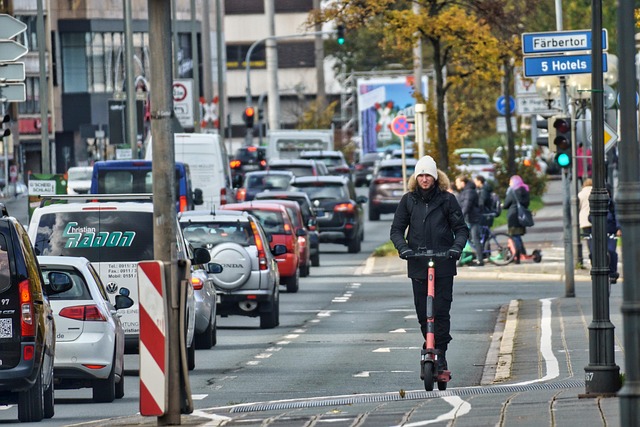Sustainable Rural Development: The Future of Green Transport Infrastructure
In today’s rapidly evolving world, the interplay between transport sustainability and rural development is more crucial than ever. As we pivot towards a more eco-conscious future, green transport infrastructure emerges as a vital contributor to creating sustainable rural communities.
Imagine a vibrant rural landscape, where sustainable transport not only connects communities but also enhances the quality of life for its residents. Picture families cycling to local markets on safe bike paths, or electric buses gliding through picturesque scenery, reducing carbon footprints while providing efficient connectivity. This vision is not just a dream; it is the potential reality fostered by investing in green transport infrastructure.
Transport Sustainability: A Bridge to the Future
Transport sustainability focuses on minimizing the environmental impact of transportation while promoting accessibility and equity. In rural areas, where distances can be vast and resources scarce, adopting greener transport solutions becomes vital. These sustainable modes of transport, including public transit, walking, and cycling, not only cut down on emissions but also improve public health and enhance community ties.
Moreover, implementing green transport infrastructure in rural areas helps mitigate the effects of climate change, allowing communities to adapt to changing environments. Installing solar-powered charging stations for electric vehicles or creating multi-use trails encourages residents to choose eco-friendly options, while also inviting tourists to explore the beauty of rural landscapes sustainably.
Rural Development: An Integrative Approach
As rural communities strive for economic growth, integrating green transport infrastructure into development plans can lead to multifaceted benefits. Efficient transport systems can promote local businesses by increasing accessibility. Farmers can transport their goods effectively to markets, while residents gain access to employment opportunities in nearby urban centers.
Moreover, investing in sustainable transport creates jobs in green technologies and construction, thus boosting local economies and fostering a sense of pride in the community. This multi-dimensional growth ensures that rural regions are not left behind in the global transition towards sustainability.
Importantly, community involvement is essential in shaping the future of transport infrastructure. Engaging local residents in discussions about transport needs ensures that solutions reflect the unique characteristics of each community. This participatory approach empowers residents to take ownership of their transport systems while prioritizing their cultural and environmental values.
Conclusion
The journey towards sustainable rural development through green transport infrastructure is a shared responsibility. By embracing innovative, eco-friendly transport solutions, we can create rural communities that thrive today while safeguarding the environment for future generations. Let’s pave the way for a greener, more connected rural landscape, where sustainability is not just a goal but a way of life.



